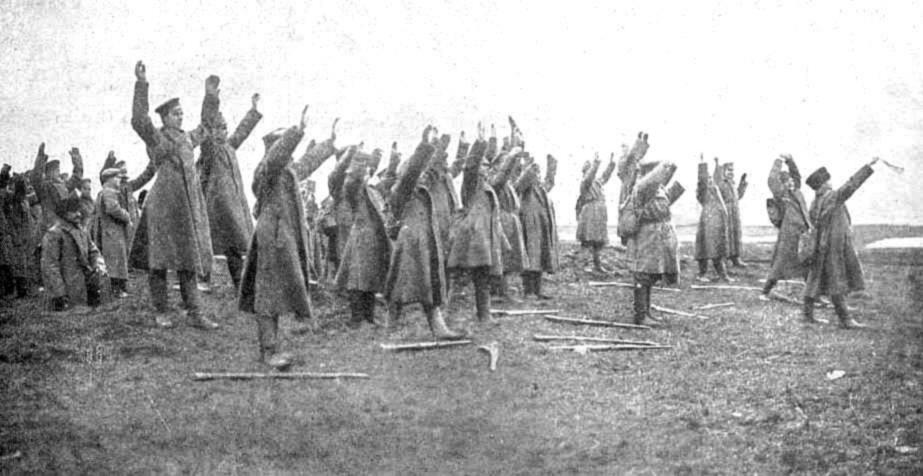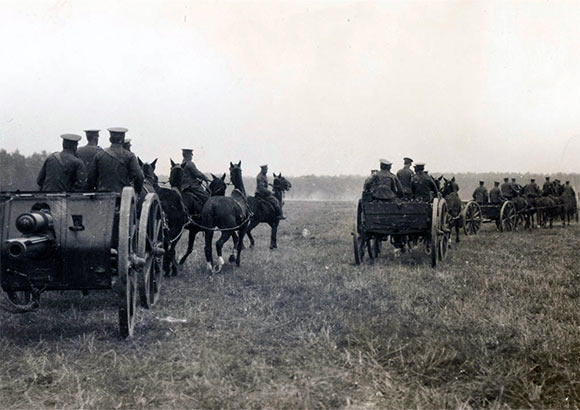The Battle of Tannenberg
Special to The Great War Project
(26 August) Today on the Eastern Front, combat between the German and Russian armies explodes near the village of Tannenberg in German East Prussia.
In this very violent war, it is the largest, most violent battle so far between the Russians and the Germans.
Initially the Germans are unprepared for this battle. They are caught off guard, expecting a much slower formation of Russian forces. Now the Germans are faced with possible withdrawal and the surrender of East Prussia, according to historian Michael Neiberg.
For the German high command, retreat is unacceptable. They cannot lose East Prussia.
The Germans replace their commander in the field.
The new German field command takes a hard look at the map and conceives a plan that will use the lakes in the center of East Prussia to split the advancing Russian armies. They also take advantage of Russia’s cumbersome forces and its poor communications. They create what they call a “killing cauldron,” which emphasizes the rapid movement of forces.
“The plan works almost to perfection,” writes historian Neiberg. “The Russians panicked.” On this day, the Germans strike hard at a “bewildered and disordered” Russian force, whose communications are cut.
But the battle is far from over.
On the Western Front, on this same day, as the exhausted British continue their retreat from Mons, the Germans attack at Le Cateau in France. Forced to respond with far less firepower, the British manage to fight off the German assaults.
But they lose thousands of soldiers, and more than thirty artillery pieces.
In the evening, some British units “began to crumble” and are “facing dismemberment,” according to historian John Keegan. The British use the darkness to slip away and resume their withdrawal.
That night elsewhere on the Western Front, French and British commanders meet in a darkened house at St. Quentin to discuss the dire situation. The sense of doom is palpable. There are recriminations. The allies are not pleased – with one another.
According to one account of the meeting, “Nerves were bad, morale was low, and there was much confusion.”
It will be a problem that plagues these allies for years to come.


